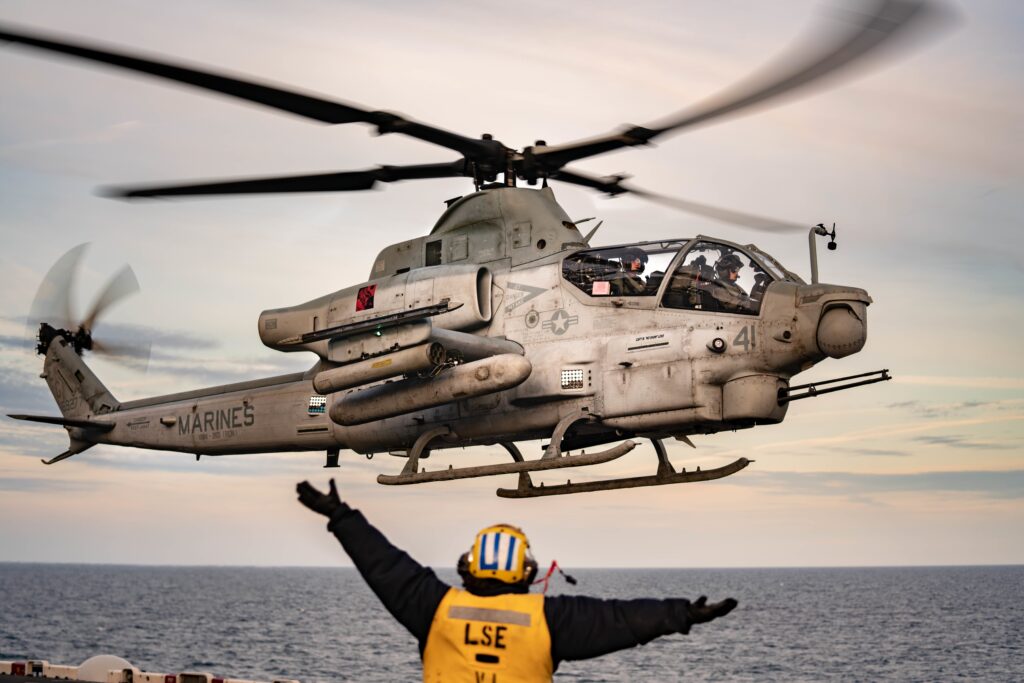
*****
WASHINGTON — The Marine Corps general in charge of aviation requirements detailed for Congress the service’s priorities for vertical takeoff and landing (VTOL) platforms during testimony regarding the 2024 defense budget hearings.
“Our VTOL Family of Systems has three lines of effort,” said Lieutenant General Michael S. Cederholm, deputy commandant for aviation, testifying April 19 before the Tactical Air and Land Forces subcommittee of the House Armed Services Committee.
“The first one is logistics,” Cederholm said. “We’re looking at a risk-worthy, unmanned logistics connector. We’re in the process of developing and working through our process and Initial Capabilities Requirement Document right now. That’s gone through and is sitting at the MROC [Marine Requirements Oversight Council] for decision.”
Cederholm said the second line of effort “is attack/strike. We have taken a different approach because we’re at different stages of modernization. The Marine Corps is in a unique position — a good one. The relative health of our fleet and the nascent age of our fleet of H-1s [AH-1Z and UH-1Y helicopters] and V-22s. We’re just transitioning to the 53Kilo [CH-53K helicopter]. This gives us an opportunity to — in the future — not wait but very expeditiously and thoroughly explore the intersection point between budget, requirements, and future capabilities. We can look at the attack/strike role and what are the advances in teaming, autonomy; advances in lethality and survivability.”
The general listed the third line of effort, “is to replace our extant platforms like the MV-22 when it ages out with the Next-Gen Assault Support.”
Cederholm said he “is excited [about] where the Marine Corps is. We have a sense of urgency, but we also have time to be thorough in our approach to unmanned in the future.”






